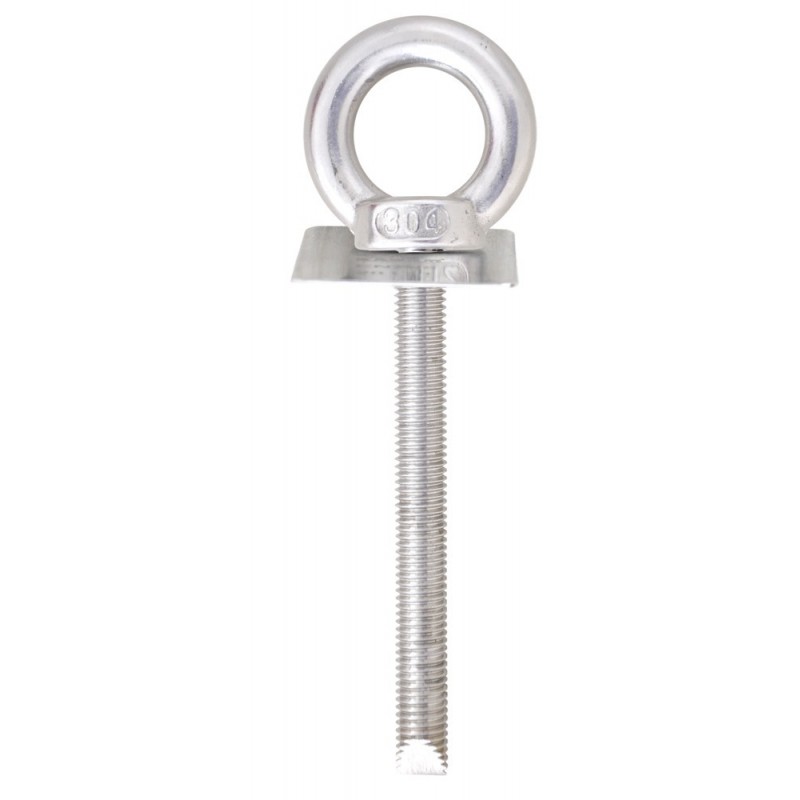





Stainless Steel Anchorage Point
Stainless Steel Anchorage Point
Material: Stainless steel 304
Minimum breaking strength : 22 kN
Thread length under head: 115 mm
Diameter: M12
Net weight : 300 gm
Conforms to : EN 795:2012 Type A
Designed to be fixed with a chemical ankle.To download the product instructions for use, see the Attachment tab